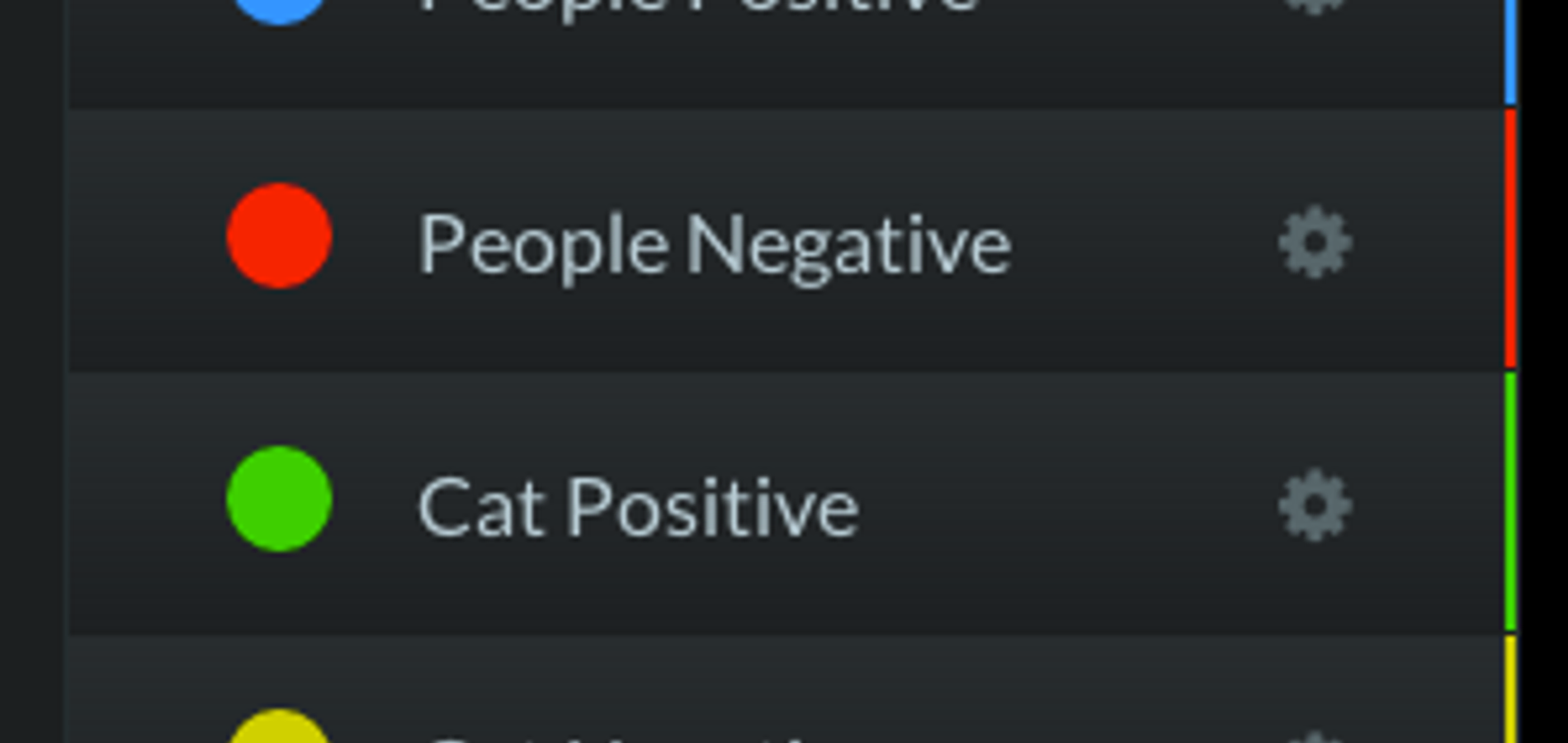It’s difficult to run a product analysis when the purchaser isn’t the end user, such as with children’s clothes or many gifts. It’s that much harder to understand your consumers’ opinions when they don’t speak English, or any known human language. This is a problem that pet food producers have to contend with. However, Luminoso has a solution that can help companies listen to cats.
Recently, a pet food company hired us to analyze a survey comparing multiple cat food brands. Using Luminoso’s software, we were able to analyze and measure what cat owners liked or disliked about particular brands. We tracked positive terms such as “great” and “healthy”, and negative terms such as “terrible” and “horrible” to assess purchaser sentiment on different cat food brands.
Fortuitously, we were also able to run sentiment analysis on how cats reacted to each brand. This free-text survey was full of terms such as “cat loves” or “cat won’t eat” that clearly described cat sentiment. Luminoso could then study the cats’ opinions separate from the owners’ opinions, and in this way give the cats a chance to speak for themselves.

It turns out that cats and humans disagree on what makes cat food good. When Luminoso’s software analyzed the correlation between cat and human opinions, we discovered that positive human sentiment only overlapped with positive cat sentiment 60% of the time. Where humans and cats really disagree, however, is on what makes cat food bad. Human and cat negative sentiment only overlaps about 1% of the time. It turns out that many factors that disgust humans, such as how the food looks and smells, are not significant to their cats.
Understanding this divergence in tastes is not just idle amusement. Cat food producers can now understand to what degree cats influence their owners’ buying choices. Our study suggests that cat opinions are being taken into account when food is being purchased, but not when it’s being rejected. (Cat rejections happen later.) This has interesting implications for marketing and product testing.
If Luminoso’s software can use sentiment analysis to understand the feelings of cats, we now have the opportunity to understand audiences beyond those directly surveyed. We can understand what children really think about the clothes their parents buy for them, and whether or not a tie is a good gift for Dad. (Spoiler alert: it’s not.) A good analysis of text data can reveal the opinions of people who may not be speaking directly, but who have opinions, and whose opinions shape the market.



























